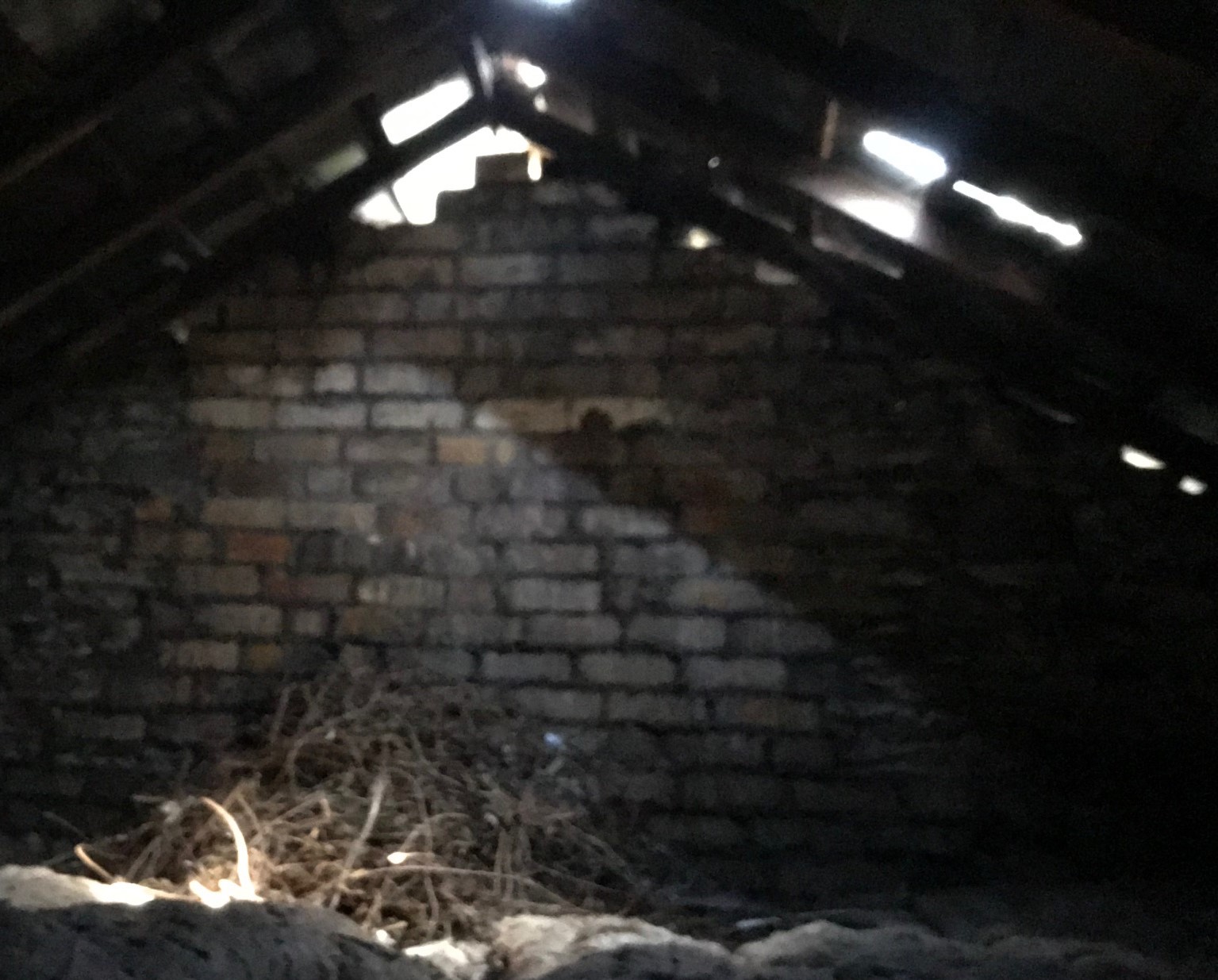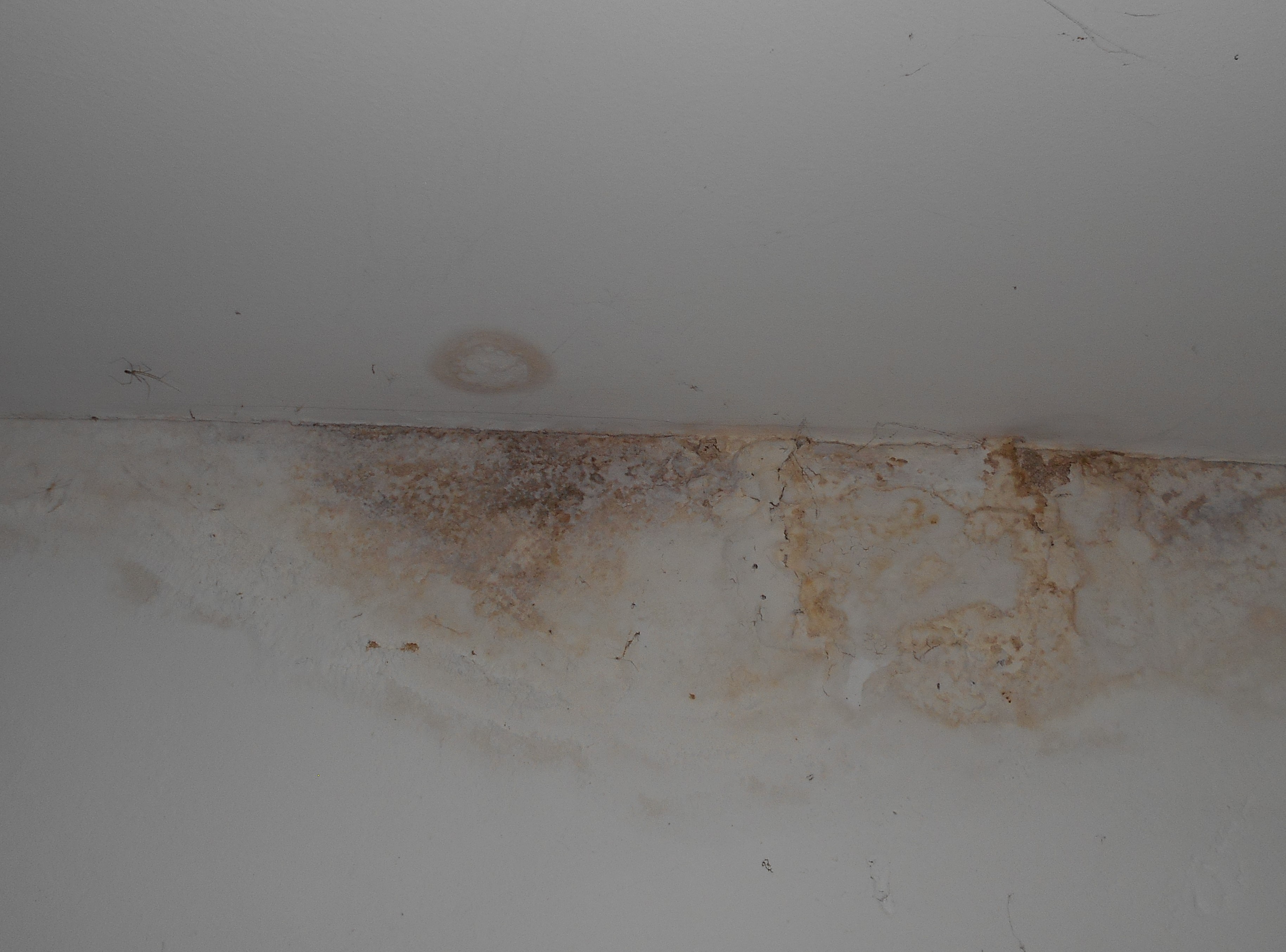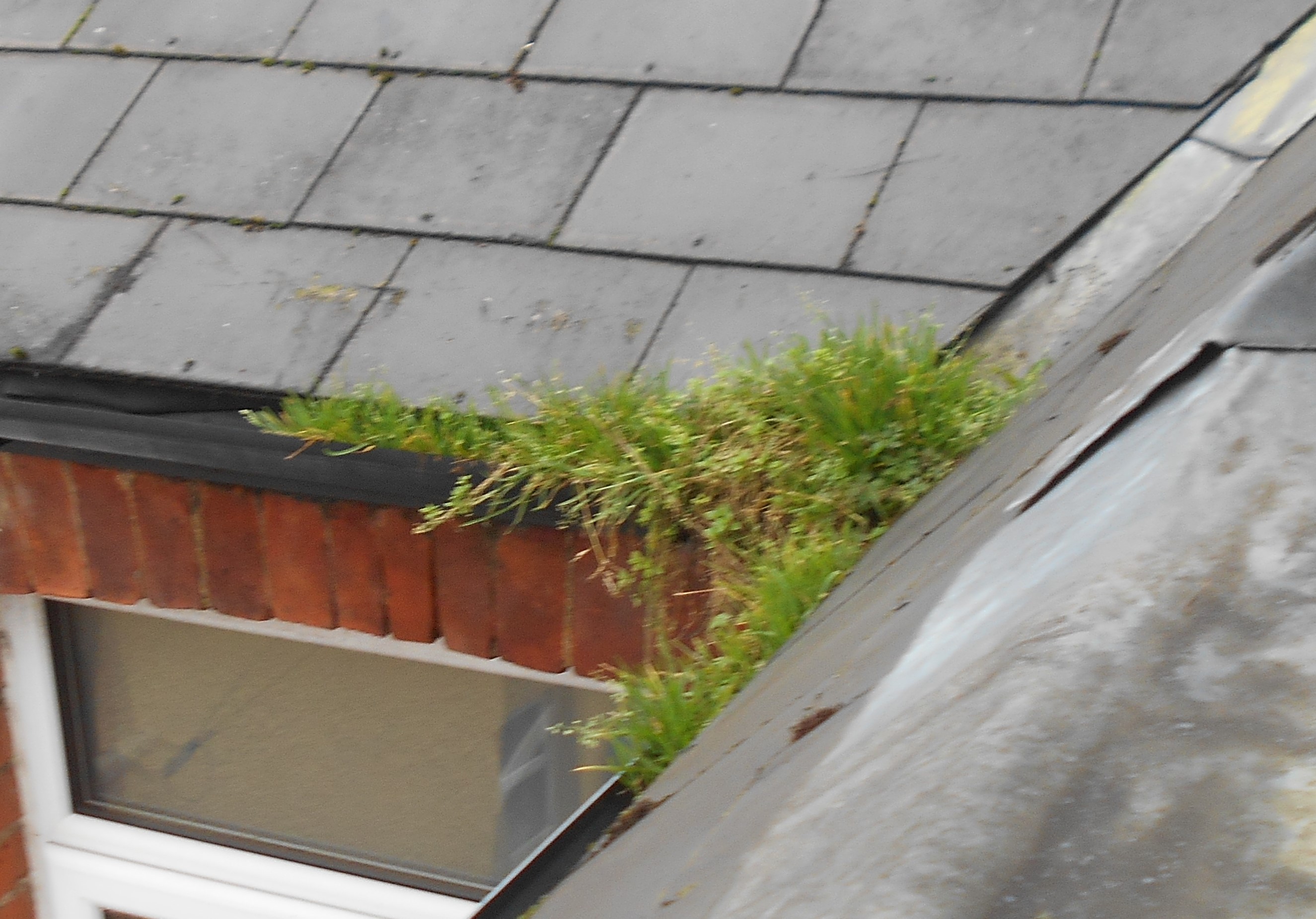A Damp Issue – Welsh Rain
Last April we began a short series of blogs looking at “damp” and providing answers to some of our most FAQs about the issue. Last time we considered “Condensation Dampness” caused from within the home; this time we turn our thoughts to moisture that comes from outside, known as “Penetrating Dampness”.
Living and working as surveyors in South Wales, every building we see has an almost constant battle with the wind and the rain. Pebble-dashed houses are a familiar feature of the Welsh housing stock in these exposed locations of high rainfall. Unfortunately, penetrating dampness and the rot it can cause is extremely common. That’s why, evidence of dampness and the building defects that can cause it are major issues that we look for during every home survey.
What is Penetrating Dampness?
Penetrating Dampness is any water that successfully penetrates the structure of your home from the outside and can occur at any level of a building including walls, ceilings and roofs. Some surveyors also include dampness caused by long-term, unnoticed leaks from your water supply, for example from a leaky washing machine connection or underneath a shower or bath.
Often an obvious defect is to blame such as missing roof tiles, a damaged chimney or a leaky gutter. However, in exposed locations rain can literally be forced through tiny cracks in the structure by driving winds. Sometimes this is through cracks around doors and windows caused by settlement of the building, or rain is blown up and under roof tiles. Rain can even pass straight through damaged or porous stone or brickwork.
The Problem
The effects of penetrating dampness vary depending upon how long the problem has gone on and how much water is managing to enter the property. The effects are also dependant upon the structure of the property and when and how it was built. For example, houses built of solid stone do not have the benefit of cavity wall construction which was invented to help prevent water from passing straight through the walls.
In most cases, penetrating dampness first appears as watermarks and damp patches which cause brown staining to the plaster or wallpaper and damage to decoration and belongings. If left unchecked, this can lead to a musty smell and the growth of black moulds which can be hazardous to health. Any prolonged dampness in contact with timbers, most commonly skirting boards, floor and roof joists, can lead to wet rot and dry rot.
Tips for Dealing with Penetrating Dampness
The obvious solution for dealing with dampness is to find the cause and fix it. Rule One is “Don’t Ignore the Problem”. Structural issues have a nasty habit of getting worse and more expensive to fix the longer you leave them. If it is an issue brought up on your recent home survey or a problem beyond your DIY skills, contact a reputable builder or damp specialist for quotes to remedy the problem.
However, there are preventative measures you can take and things you can do to fix small issues before they become big ones:
- Rainwater Goods – Blocked and broken gutters are a common cause of damp and mould high up on walls. Check your downpipes and gutters regularly to make sure they are not blocked or damaged. Clear leaves every Autumn.
- Roofs – if you have damp patches on your ceiling that appear during or after heavy rain then it is likely that you have a broken or missing roof tile/slate. Visually check your roof regularly for damage either from the ground or your loft. Damaged or missing tiles/slates should be replaced as soon as possible. If in doubt, ask a reputable roofing contractor.
- Walls – check for any cracks in the mortar around your bricks or stonework. Also, for cracks or ‘hollow patches’ in rendering. You can do this by knocking the walls and listening and feeling for any hollow or damaged areas that water can become trapped behind.
- Windows – small cracks are common around window frames and can be filled using a frame sealant. Also check that water can run away from the windowsill and is not pooling against it.
- Plumbing – check the seals, connections and waste pipes on your domestic appliances regularly. Also, take a peek under your bath or shower (if possible) too. Although we agree that it looks nice, it is best to avoid completely tiling in your bath for this very reason! Try to include an inspection hatch when replacing your bathroom fixtures.
Remember penetrating dampness will affect most homeowners at some point, especially in Wales! However, if you are vigilant and remember the Golden Rule (“Don’t Ignore It”) most problems can be easily fixed before the rot sets in.
To find out more about how we can help you, contact us on 01685 378894 or 02920 6225433.







